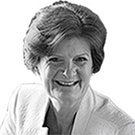A walk in the footsteps of Evelyn Waugh at Madresfield Court, the real-life inspiration for Brideshead Revisited
Fiona Reynolds takes a walk around the home that captured Evelyn Waugh’s imagination, finding a place that is both intriguing and atmospheric.
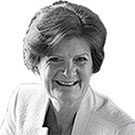

Madresfield Court must be one of the most mysterious of all the houses in England. Tucked away in a quiet corner, between the Malvern Hills and the meandering River Severn, it has lived, largely quietly, for nearly 1,000 years, occupied by the same family — the Lygons — for 29 generations, only emerging occasionally to play a role on the national stage.
Walking in a large circle around the house, as I am doing today, reveals little. Its Elizabethan façade is protected by dense planting, including many spectacular pines. Each entrance is marked by a neat, half-timbered lodge and long views are obscured by the gentle contours of the landscape.
Yet I find the place irresistible. The Worcestershire countryside is lovely, steeped in history, and Madresfield’s stories are compelling. It was the inspiration for Evelyn Waugh’s A Handful of Dust (where it was doomed Tony Last’s ancestral home, Hetton Abbey) and, more famously, Brideshead Revisited, drawing on the Lygons to create the intriguing Flyte family, Sebastian at its heart. The elegiac novel was filmed for the ITV series at Castle Howard, but its description matches Madresfield, which Waugh often visited in the 1920s.

The house Waugh stayed in was built for entertaining and is at least the third on the site. Madresfield first appears in the Domesday Book and a 12th-century Great Hall lies at its core. It was comprehensively rebuilt in 1593 as a Tudor Court with a long gallery. Long oak and elm avenues were planted to celebrate the restoration of the monarchy in 1660, and a series of radial avenues date from the early 18th century.
A further remodelling of the house began after 1798 when William Lygon inherited a vast (and contested) sum from distant relative William Jennens and, in 1863, further improvements were initiated by Henry Lygon, 5th Earl Beauchamp, during which almost everything was pulled down, save the Elizabethan façade, to create a vast, 60-bedroom Victorian mansion.

I begin my walk at the northern end of the village of Madresfield, taking the Three Choirs Way northeast past the house, and skirting the park to reach Old Hills, a small promontory of common land. This misty morning, there is an ethereal quality to the landscape, with charming cottages grouped around the common. From Old Hills I cut across the fields to Pixham Farm, a huge red-brick farmhouse perched above the Severn. As I descend to the river, looped here in a huge meander, the landscape changes.
Gone are the small, intimate fields and instead are the great skyscapes of a mature river valley. I walk by deep ditches from which yellow flag iris is emerging, hugging the valley’s edge until I reach Clevelode Farm and am reunited with Worcestershire’s undulations.
Exquisite houses, the beauty of Nature, and how to get the most from your life, straight to your inbox.
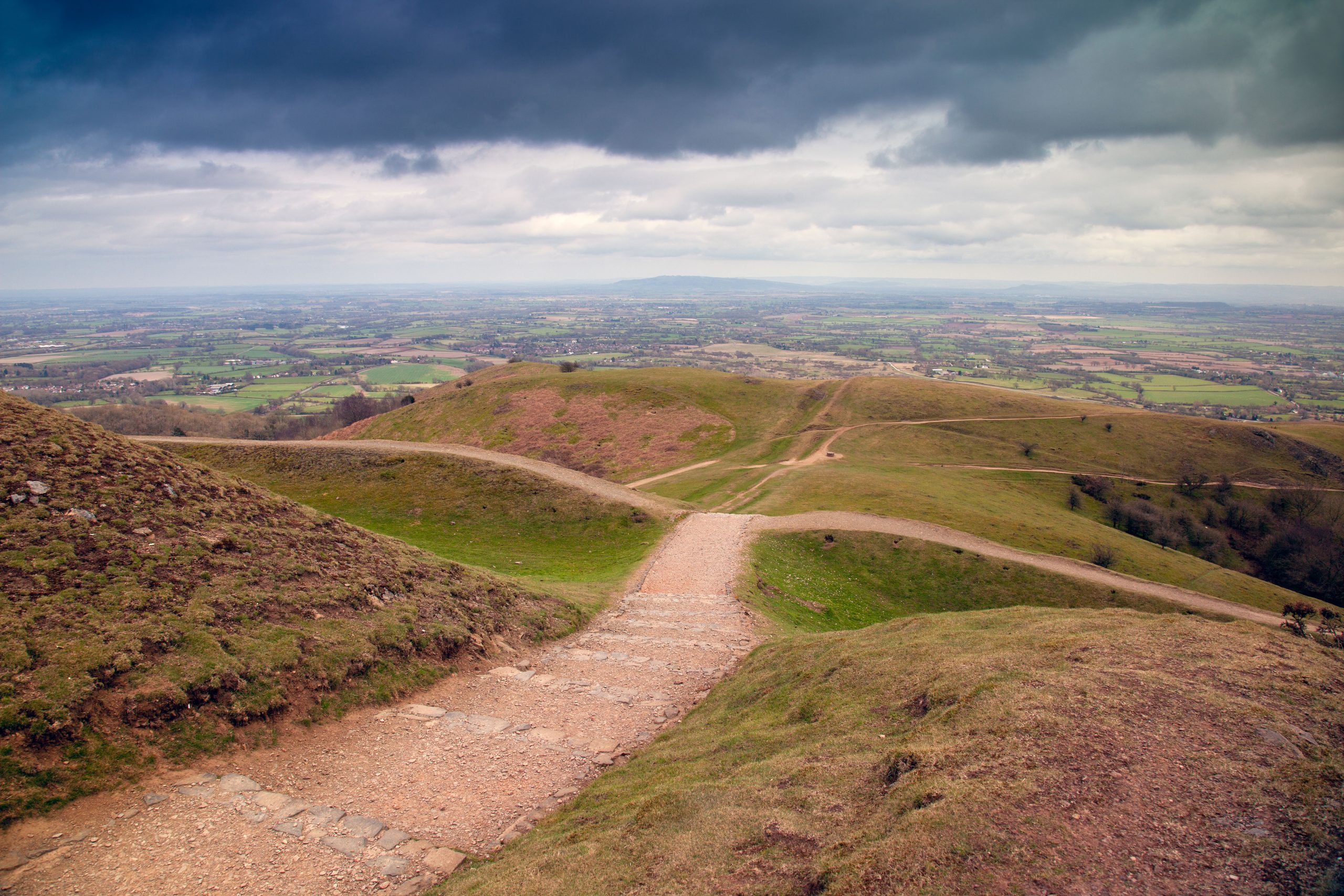
From Clevelode, I cross the estate, passing Garter Wood, planted by William Lygon (7th Earl Beauchamp) to celebrate his appointment as Knight of the Garter in 1914, then Cabinet Wood, planted in 1908 when he was appointed to Asquith’s cabinet. He served as First Commissioner of Works with responsibility for historic sites — a duty he loved — and was an early supporter of CPRE, SPAB, the National Trust and Ramblers’ Association. I think I’d have liked him. As Lord President of the Council, he, as did Penny Mordaunt at Charles III’s, carried the Sword of State for George V’s coronation in 1911. We will never take that role for granted again!
It was in William’s time, however, that Madresfield’s fortunes collapsed. A pacifist and homosexual at a time when both were scourges to be routed, he was forced abroad, abandoning his impressive career and young family. The house, which had entertained 2,366 visitors in the single month of July 1904, withdrew into itself and resumed its silence.
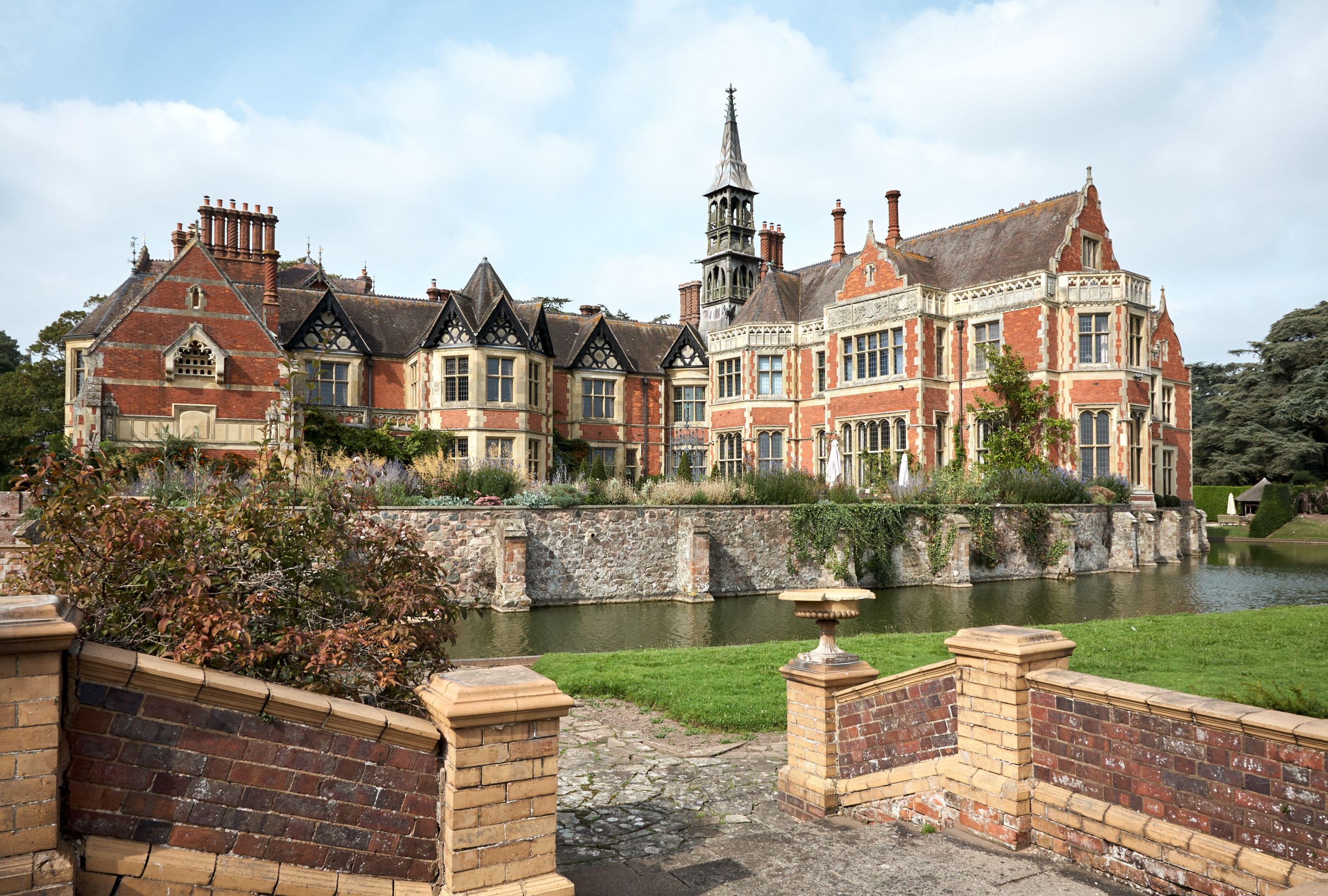
As I walk back through Home Farm and along the drive lined by ancient oaks, I contemplate longevity and continuity. The centuries speak through the landscape and it’s clear Madresfield will have more to say, one day.
Fiona Reynolds is chair of the Royal Agricultural University governing council and author of ‘The Fight for Beauty’
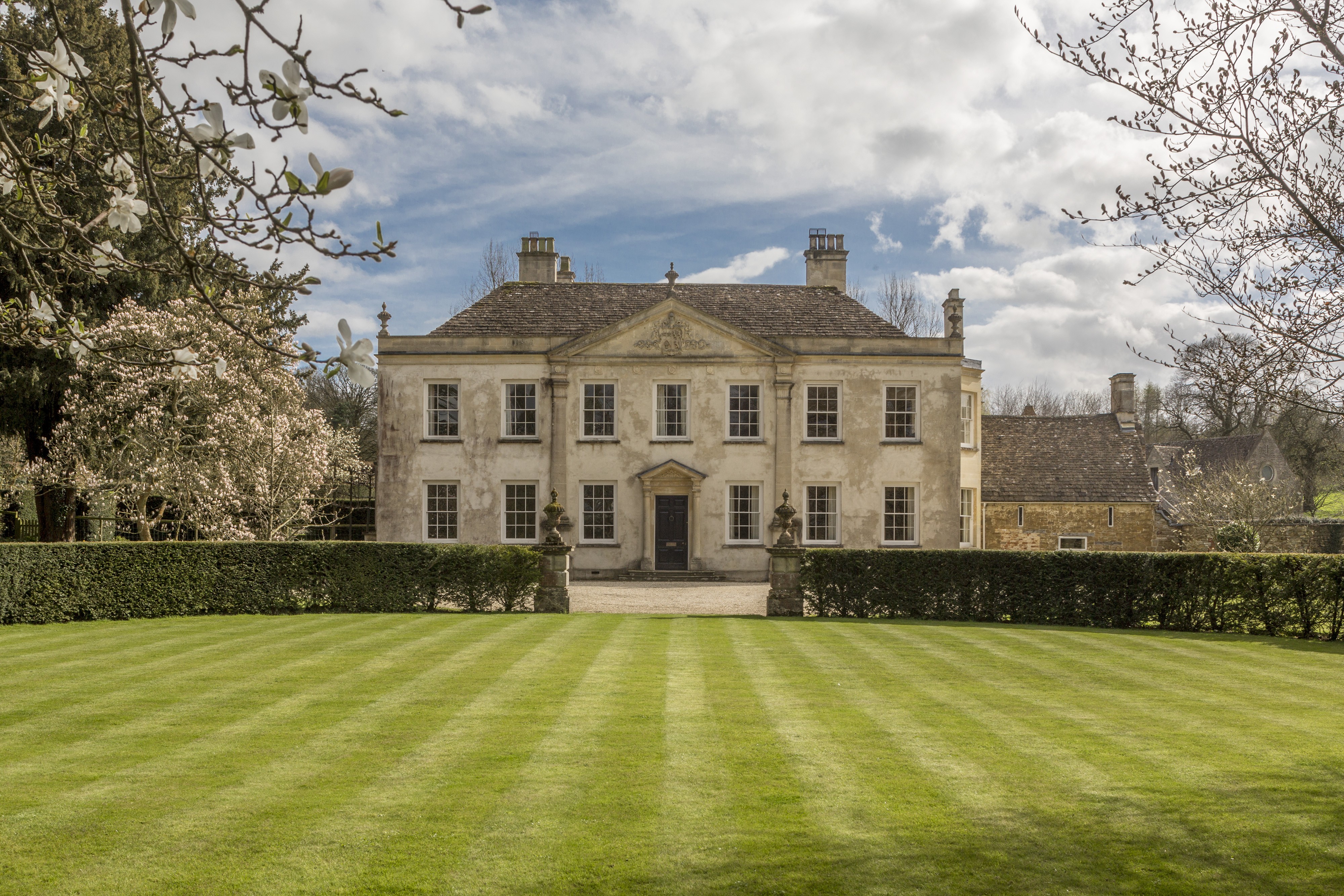
Evelyn Waugh's former house, dubbed 'one of the most beautiful houses in Gloucestershire', sold at auction
The house where Evelyn Waugh wrote his nostalgic masterpiece comes to the market.
Fiona Reynolds is chair of the Food, Farming and Countryside Commission, the former director-general of the National Trust, former Master of Emmanuel College, Cambridge, and the author of The Fight for Beauty. Follow her on Twitter @fionacreynolds.
